The US imposed sweeping export restrictions in October 2022 to limit China’s access to semiconductors, key to technologies such as artificial intelligence (AI) and autonomous vehicles, as well as high-tech weapons. Japan and the Netherlands followed suit in 2023, but sales to China – mostly mid- to high-end manufacturing equipment – surged, prompting Washington to continue to urge its two allies to push for tougher measures.
Current restrictions prevent exports of semiconductor manufacturing equipment that is 10 to 14 nanometers or smaller. The US wants to expand the restrictions to include some older chipmaking equipment.
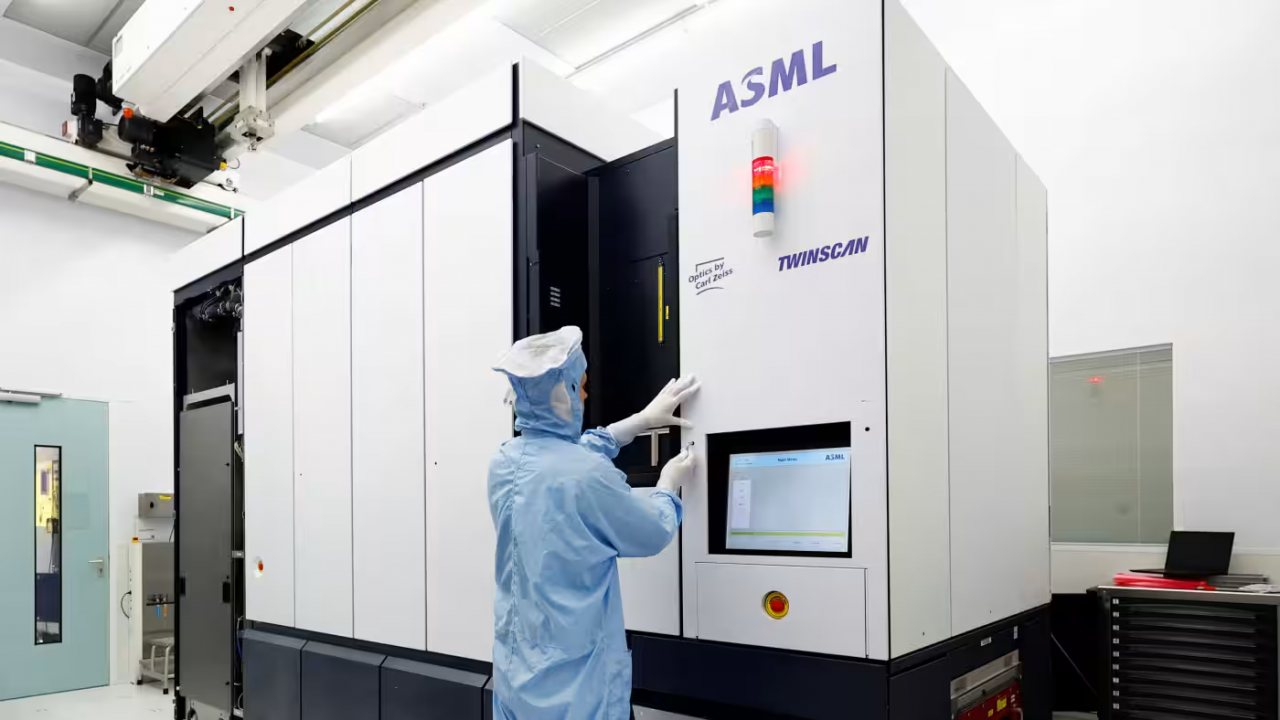
Washington could look at lithography equipment, used to print circuits onto silicon wafers, and etching systems, used to stack three-dimensional memory chips. Japanese companies like Nikon and Tokyo Electron are particularly advanced in those areas.
Necessary chipmaking chemicals such as photoresist, for which Japanese companies like Shin-Etsu Chemical control more than 90% of the market, are also said to be in Washington's sights, according to Nikkei.
The US also asked the Netherlands, home to semiconductor equipment maker ASML, to stop companies that maintain and service chipmaking equipment from selling to China before the trade restrictions took effect last year. The US also called on Germany and South Korea to stop supplying necessary components, according to Bloomberg.
Japanese officials and businesses have been surprised by the pressure, with Economy , Trade and Industry Minister Ken Saito saying on March 8 that they have no plans to implement new measures at the moment.
In July 2023, Tokyo added 23 items to its list of restricted exports, including advanced semiconductor manufacturing equipment. Companies need a license to export photoresist for ultraviolet lithography.
If Japan tightens restrictions on old chipmaking equipment, domestic companies could lose market share while China's access would not be affected much because they can still buy it from elsewhere.
The pressure from the US comes amid signs that its initial strategy to curb China’s chipmaking might not be working as hoped. Nearly a year ago, Huawei launched a phone with its own 7nm chip. It appears that the tech giant has either repurposed its old chip-making equipment to make new chips, or used components and technology it acquired before the ban.
In October 2023, Washington tightened export controls, essentially banning exports to Chinese companies’ subsidiaries and global offices. Nikkei said the US was concerned its efforts might not be effective without coordinated action from its allies.
(According to Nikkei)
Source


![[Photo] Prime Minister Pham Minh Chinh chairs meeting to deploy overcoming consequences of storm No. 10](https://vphoto.vietnam.vn/thumb/1200x675/vietnam/resource/IMAGE/2025/10/3/544f420dcc844463898fcbef46247d16)

![[Photo] Students of Binh Minh Primary School enjoy the full moon festival, receiving the joys of childhood](https://vphoto.vietnam.vn/thumb/1200x675/vietnam/resource/IMAGE/2025/10/3/8cf8abef22fe4471be400a818912cb85)



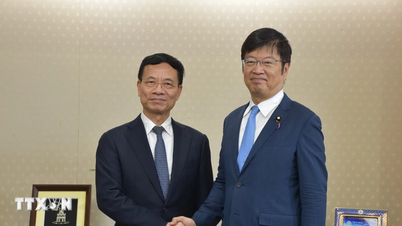

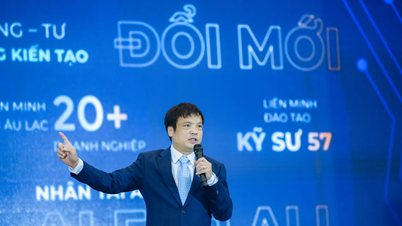

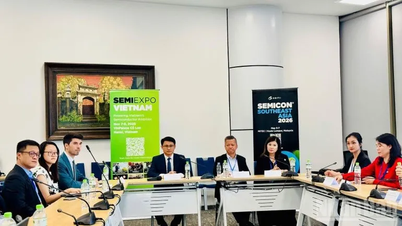








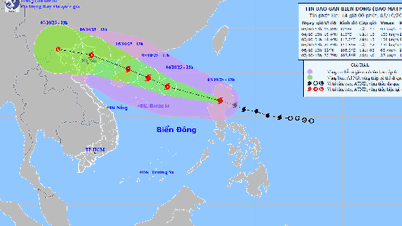










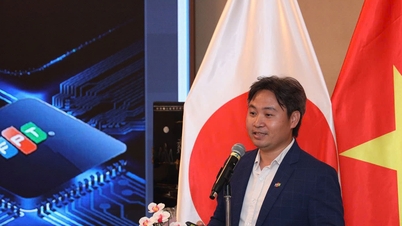

























































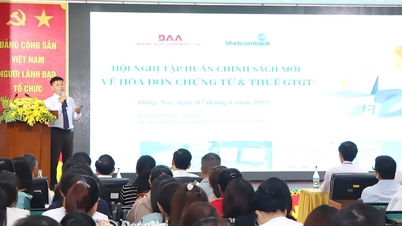


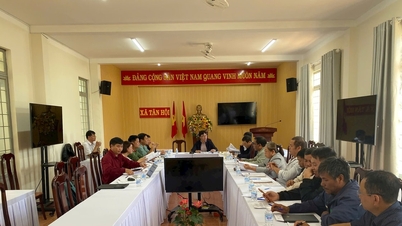

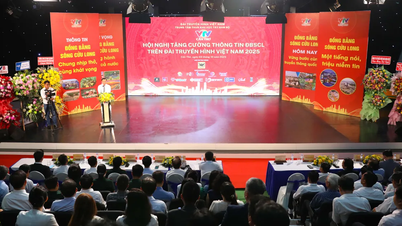












Comment (0)